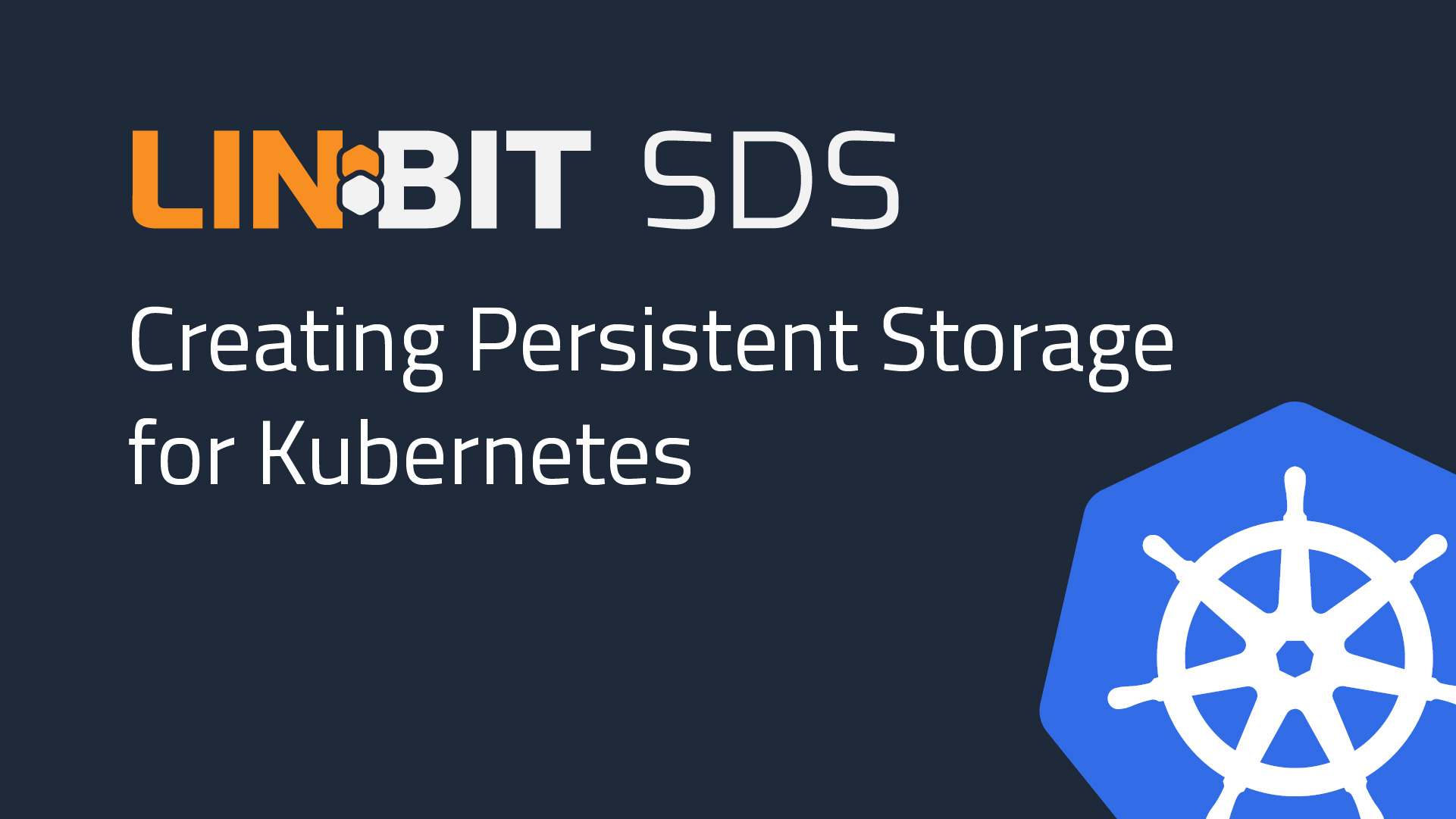LINBIT® SDS is the product name for LINBIT’s LINSTOR® and DRBD® software, and the plugins, drivers, and utilities that work with them. Together, these combine to make a software-defined storage (SDS) solution that you can use on its own or else integrate it with other platforms and environments.
One popular LINBIT SDS integration is with Kubernetes. To get you started quickly, you can follow the instructions in the Integrating LINBIT SDS with Kubernetes, a Quick Start Guide. This technical guide will guide you through the LINBIT SDS installation and some initial steps using LINBIT SDS within Kubernetes.
By following this guide, you can use LINBIT SDS within a Kubernetes installation, to offer persistent storage for your Kubernetes deployed applications and services. The benefits of this integration will be the ability to dynamically provision highly available, persistent storage volumes for your Kubernetes deployments. As an example use case, the guide has instructions for deploying an NGINX instance within Kubernetes that will use a persistent volume claim, backed by LINBIT SDS. Not only will the deployment in Kubernetes make the NGINX instance resilient, but by using LINBIT SDS, the persistent storage used for NGINX data will be highly available across the nodes in your cluster, by virtue of DRBD’s high performance block-level replication.
This getting started guide has been updated to use the LINSTOR Operator V2 to make deploying LINBIT SDS in Kubernetes even easier. With your LINBIT customer credentials allowing you access to LINBIT container images, you are just a kustomization file and a single kubectl command away from deployment.


